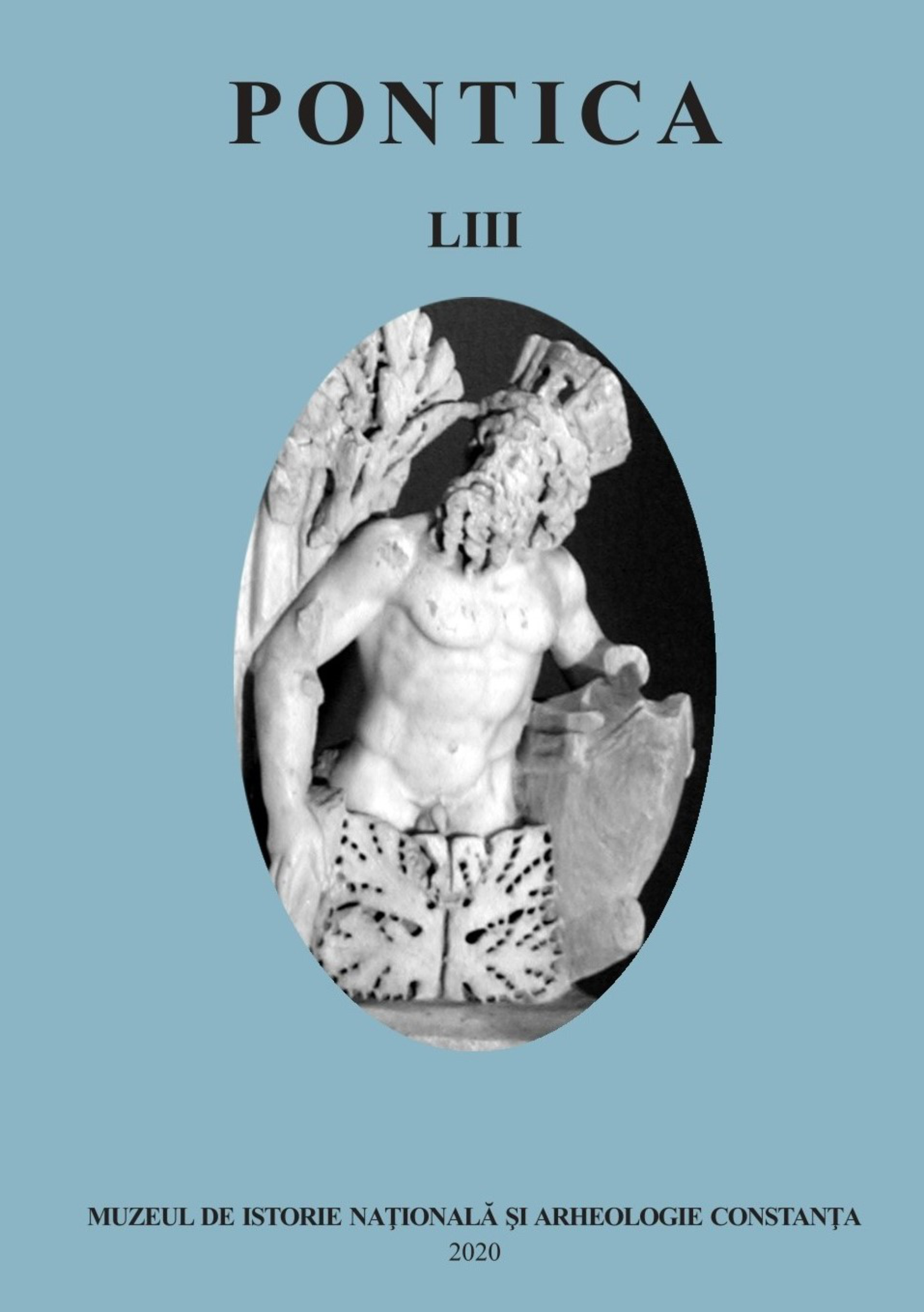Sequence of Graves in Barrows 4th-3rd Millennium BC in the Danube-Tisza Region
Sequence of Graves in Barrows 4th-3rd Millennium BC in the Danube-Tisza Region
Author(s): Piotr WłodarczakSubject(s): History, Anthropology, Social Sciences, Archaeology, Local History / Microhistory, Ancient World
Published by: Muzeul de Istorie Națională și Arheologie Constanța
Keywords: barrows; Yamnaya culture; funeral rite; radiocarbon chronology;
Summary/Abstract: Archaeological research of the “Ciganska humka” barrow in Šajkaš (Vojvodina, Republic of Serbia) was conducted in 2016. It brought about the discovery of two graves dated 3000-2900 BC and 2800-2600 BC, connected with steppe communities of eastern origin. In terms of construction, the older grave (no. 2) refers to graves withextended inhumations, known from, among other places, the Great Hungarian Plain,northern Bulgaria, and Muntenia. Graves of this type in the Danube-Tisza region date back to the beginning of the 3rd millennium BC and can be synchronized with the early phase of the Yamnaya culture. In most cases, mounds with extended inhumations were still built up in the first half of the 3rd millennium BC by Yamnaya communities that placed their burials in the central part of an older barrow. Various features indicate that this specific type of body arrangement, in an extended supine position, was one of the variants used by the genetically diverse population of the older phase of the Yamnaya culture.
Journal: Pontica
- Issue Year: 2020
- Issue No: 53
- Page Range: 135-155
- Page Count: 21
- Language: English

